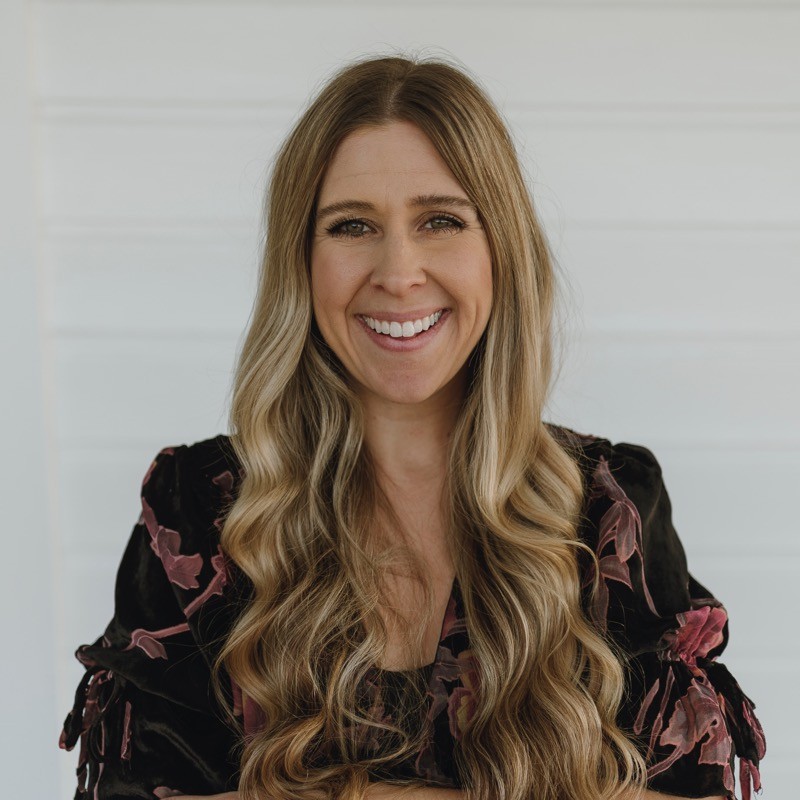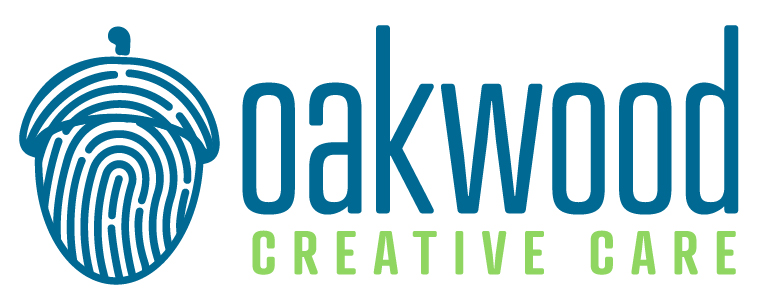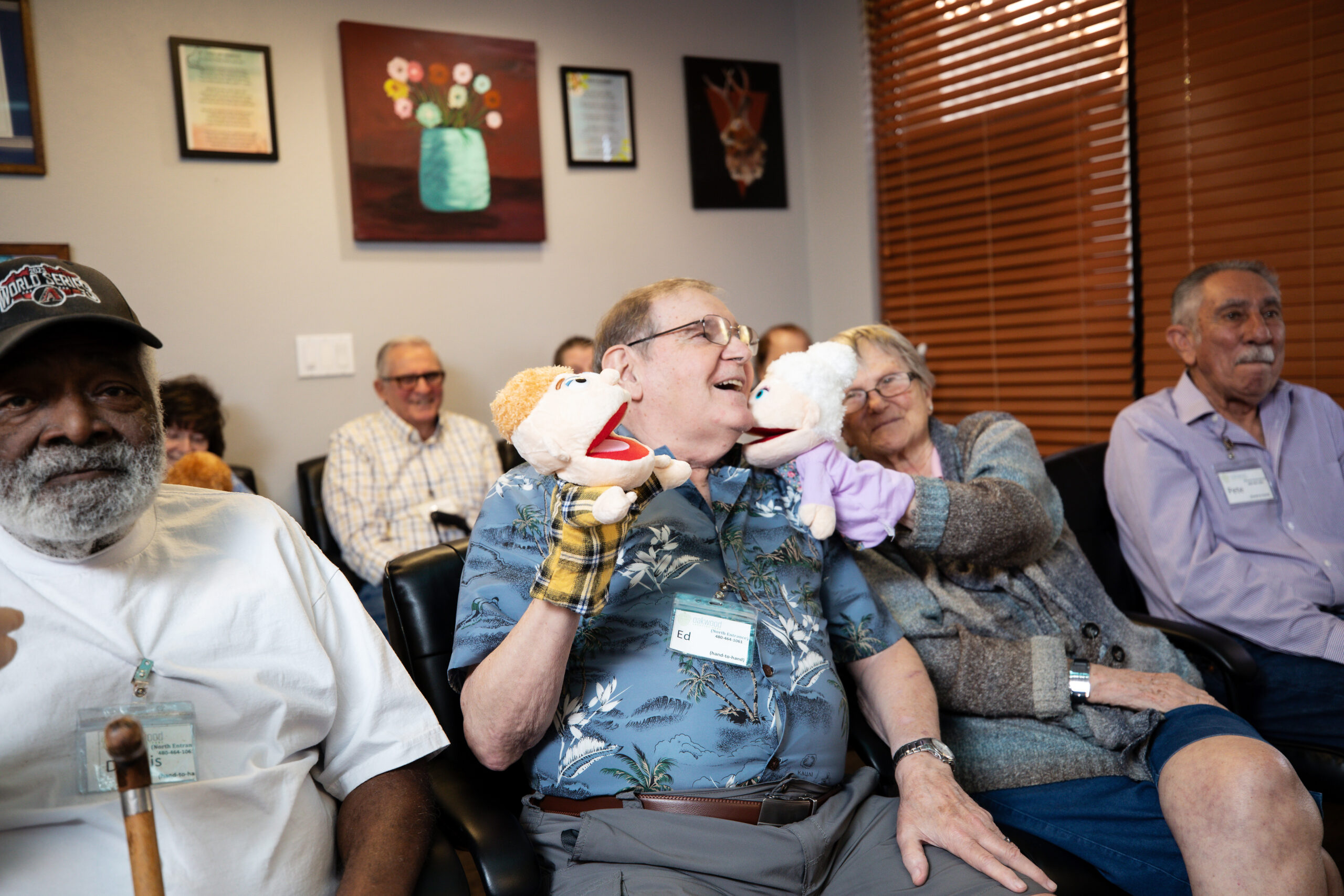
Hello! I’m Lauren Braley, a Physical Therapist (PT), Doctor of Physical Therapy (DPT), and Neurologic Clinical Specialist (NCS). My career journey has led me to specialize in fall prevention, an area I’m deeply passionate about. Currently, I serve at Oakwood Creative Care, where my role involves educating others on preventing falls, a significant concern for aging populations.
Today, I’d like to walk you through the Bi-Annual Falls Summit, through which my primary aim will be to deliver comprehensive information on falls — including understanding the cost and data associated with them, identifying trends in fall prevention, and exploring effective fall prevention strategies.
First Things First: What Does the Data Say?
Every second of every day, an older adult in the U.S. experiences a fall. Individuals with Alzheimer’s and other forms of dementia, specifically, fall twice as often as those without cognitive impairments. Because the aging population is increasing, there is a growing challenge for senior care providers to remain on top of fall prevention for an especially vulnerable population.
This growing need is to be acknowledged, and we can utilize the following data to better understand amongst which demographics there may be a higher risk:
- Nearly half (45%) of American adults over 42 have experienced a fall in the past five years.
- More women (48%) than men (42%) have fallen.
- The top emotions following a fall are embarrassment and shame (44%), anxiety (43%), and fear about aging (28%).
- Nearly 6 out of 10 individuals who fall are injured, and 1 out of 4 men (26%) had to move in with a caregiver or into a facility following a fall.
Reasons to Sound the Alarm
Loved ones are at risk of falling if they have recently experienced a change in medication (i.e., type, dosing, frequency), a change in vitals such as their blood pressure, a new medical diagnosis, or an alteration to their glasses prescription.
Family Impact
Falls affect not only the individual but also their family. The emotional, physical, and financial toll on caregivers, especially, is quite significant. Caregivers face a 63% higher risk of mortality compared to non-caregivers. More than likely, you or someone you know may one day have to fill the role of caregiver for a loved one, as is illustrated by the following data:
- 43% of people have an aging loved one living with them.
- 3 out of 10 have a family member diagnosed with dementia, with 61% being a parent.
- 20% anticipate caring for an aging loved one in three years, and 15% in the next 4 to 6 years.
New Technology That Could Break the Cycle of Falls
Falls can lead to a cycle of hospital admissions, which also can lead to increased family and caregiver strain. Interventions, such as technology (e.g., cameras), can help determine if a fall was purposeful or accidental. Here are some of the latest technology updates from 2024 that could aid in breaking the cycle of falls:
Wearable Devices:
-
- Apple Watch: This device offers fall detection and emergency SOS features, alerting emergency contacts if a hard fall is detected.
- Fitbit Sense: Includes fall detection and heart rate monitoring, providing comprehensive health tracking.
- LifeFone Mobile Alert: A specialized device for seniors that offers fall detection and GPS tracking for emergency response.
Smart Home Integration:
-
- Google Nest Hub Max: This device can monitor activity patterns and alert caregivers to any unusual movements, such as a fall.
- Amazon Echo Show: This device is equipped with Alexa Care Hub, which allows caregivers to set alerts and monitor loved ones remotely.
- Lively Smart: A smartphone with integrated emergency response and fall detection tailored for seniors.
Virtual Reality (VR) Training:
-
- Rendever: Provides VR experiences designed for seniors to improve balance and coordination through interactive activities.
- XRHealth: Offers VR physical therapy programs that include balance and fall prevention exercises.
- SilverFit: A VR training system specifically for older adults, focusing on mobility and fall prevention exercises.
What Are Others Doing to Prevent Falls?
By staying informed and proactive, we can significantly reduce the risk of falls and improve the quality of life for aging individuals and their caregivers. Studies show that most adults aged 42+ are already taking proactive steps to reduce their fall risk. These steps include:
- Taking supplements for bone strength (44.30%)
- Removing clutter to minimize tripping hazards (28.76%)
- Using technology like Apple Watch and biometrics trackers (17.36%)
- Performing daily strengthening exercises (54.15%)
- Completing daily balance exercises (47.28%)
- Scheduling regular doctor visits to check vision and hearing (45.73%)
Ways You Can Boost Fall Prevention in Your Own Home This Summer
If you are looking to boost fall prevention within your own home, consider the following additional strategies specific to caregivers and their loved ones living with various cognitive and physical challenges:
Manage Sleep Disruptions
- Sleep disturbances affect 25% of those with mild to moderate dementia and 50% of those with severe dementia.
- Strategies include maintaining familiar surroundings, reducing caffeine, and ensuring ample daily social engagement.
Track of the Time of Day
- “Sundowning” is a term for increased agitation and confusion in the late afternoon and early evening.
- Ensuring adequate daytime engagement can help reduce restlessness and agitation.
Understand Their Medications
- Reviewing medications with a doctor or pharmacist can help mitigate fall risks associated with certain drugs, such as narcotics and antipsychotics.
BONUS Tip: Try This Favorite Exercise to Decrease Fall Risk
The Sit to Stand exercise targets the quadriceps, hamstrings, calves, and core. Chair considerations are essential to ensure safety and effectiveness. Here is a video to help guide you and your loved one through the exercise:
Did You Know?
Oakwood Creative Care is bringing back the JOY in aging! We believe a diagnosis should not have to define your life. Instead, we have devoted our mission to reigniting hope for caregivers and older adults with Alzheimer’s, dementia, and other age-related challenges. Click the button below to learn more about how we do this through our research-based, cutting-edge, creative care model found at each of our Day Clubs.








